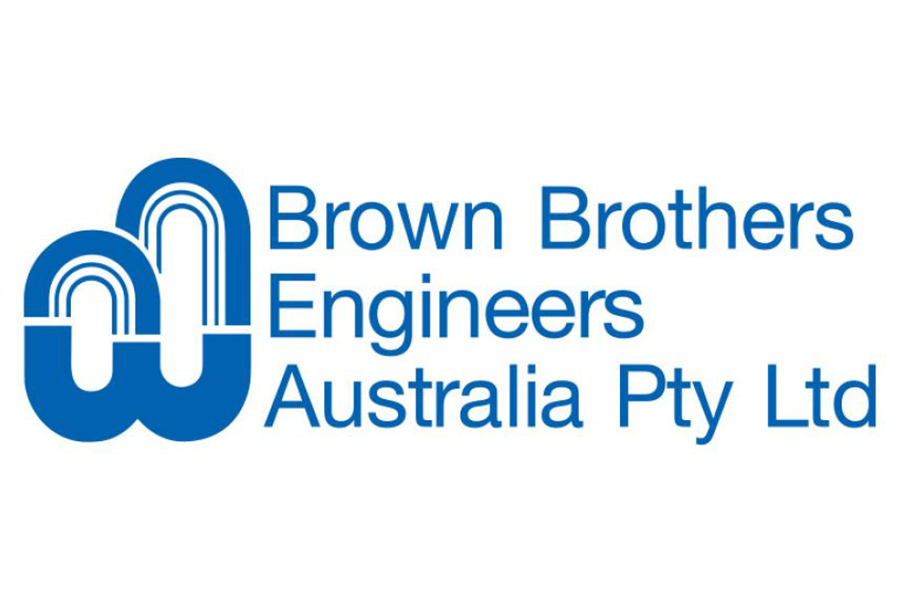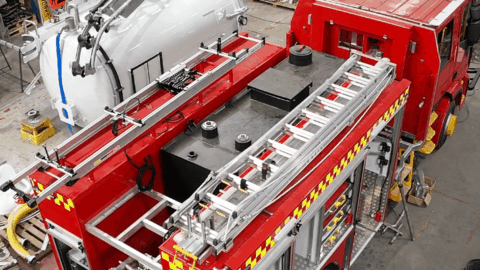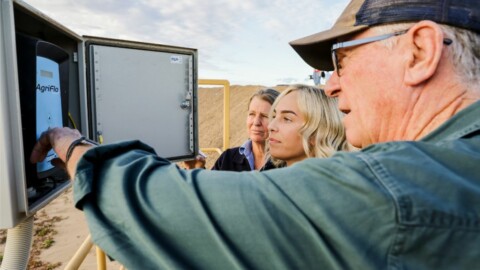Hunter Water has released the Environmental Impact Statement (EIS) Amendment Report for its proposed Drought Response Desalination Plant at Belmont in New South Wales’ Lower Hunter region, including increased capacity and an offshore seawater intake system.
Hunter Water is calling for the Lower Hunter community to view the Amendment Report to understand changes to the initial proposal and how the water utility has responded to community feedback raised in submissions to the original EIS in late-2019.
Hunter Water Managing Director, Darren Cleary, said the release of the Amendment Report is an important step in seeking planning approval for the plant, even though there’s no intention to start construction.
“The proposed plant is an on-the-shelf insurance policy and would provide the region with added water security in the unlikely event storage levels drop to critical levels,” Mr Cleary said.
“The proposal forms part of our portfolio of actions in response to drought, which include extensive water conservation measures, minimising water loss by reducing leakage, operating Tomago Sandbeds, and water transfers between regions.
“Water users throughout the Lower Hunter would benefit from additional water security in a severe drought under our proposal to increase the drinking water output of the proposed Drought Response Desalination Plant.
“As we foreshadowed in May, our investigations into a Drought Response Desalination Plant have informed changes we believe offer greater reliability, improved efficiency and still deliver value for money.
“The Amendment Report seeks planning approval for an increased plant capacity to produce up to 30 million litres of drinking water per day during an extreme drought, double the output capacity of the original design.
“We are also proposing modifications to the seawater intake, changing the design to incorporate a direct ocean seawater intake system, which involves piping seawater from about a kilometre offshore.
“Planning work indicates this system would perform considerably better across relevant criteria, including reliability, efficiency and scalability, than the originally proposed approach of collecting seawater in wells underneath Nine Mile Beach.
“Our investigations show the increase in plant capacity would have modest environmental impacts which can largely be mitigated through the design and delivery, while providing additional water security to our region during extreme drought.”
The planning work for a Drought Response Desalination Plant will be captured under the broader investigations into the review of the Lower Hunter Water Security Plan, which is exploring a range of supply and demand options for the Lower Hunter community.The EIS Amendment Report is available to view and download here, with the public exhibition period open until 8 October 2020.


















